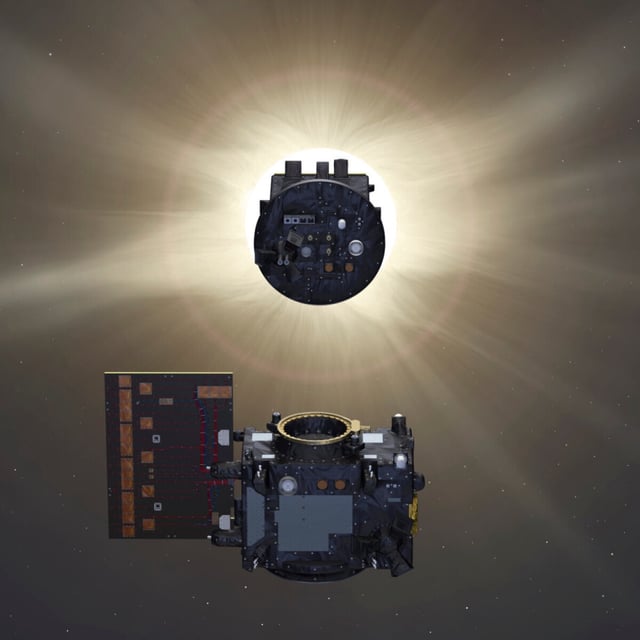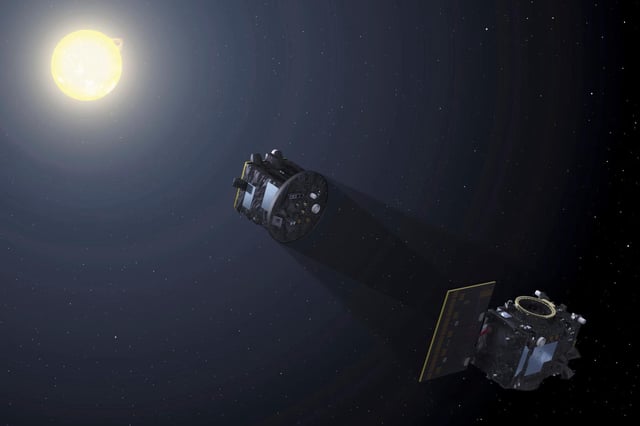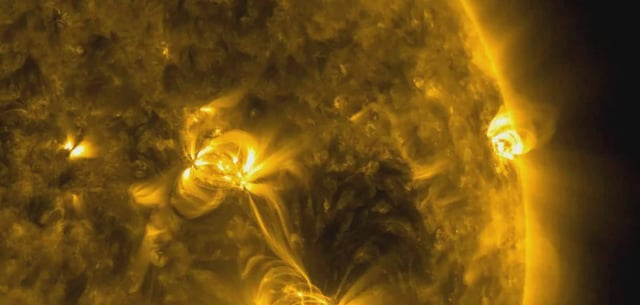Overview
- Proba-3’s Coronagraph and Occulter satellites flew in formation 150 meters apart, maintaining alignment within a millimeter to block the sun’s disk.
- The eclipse enabled the Coronagraph’s ASPIICS instrument to capture high-resolution images of the solar corona, enhancing insights into solar wind and coronal mass ejections.
- The spacecraft can repeat artificial eclipses every 19.6-hour orbit and are now testing extended observation windows of up to six hours.
- Having demonstrated autonomous alignment in March, the mission remains in its commissioning phase with a goal of achieving full autonomy for eclipse operations.
- Early observations are being used to refine solar corona simulations and develop ‘digital eclipses’ that will improve space weather forecasting.



